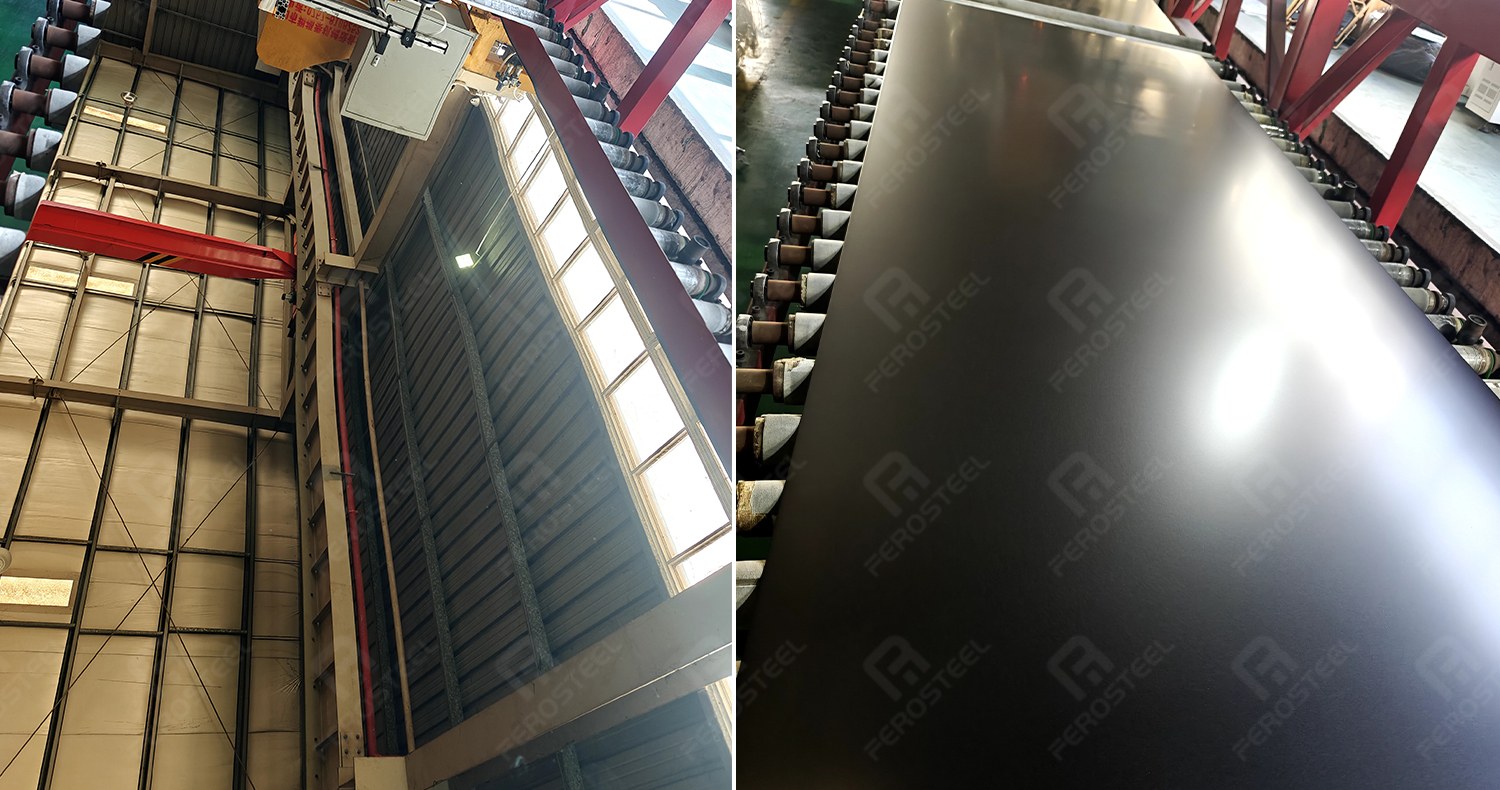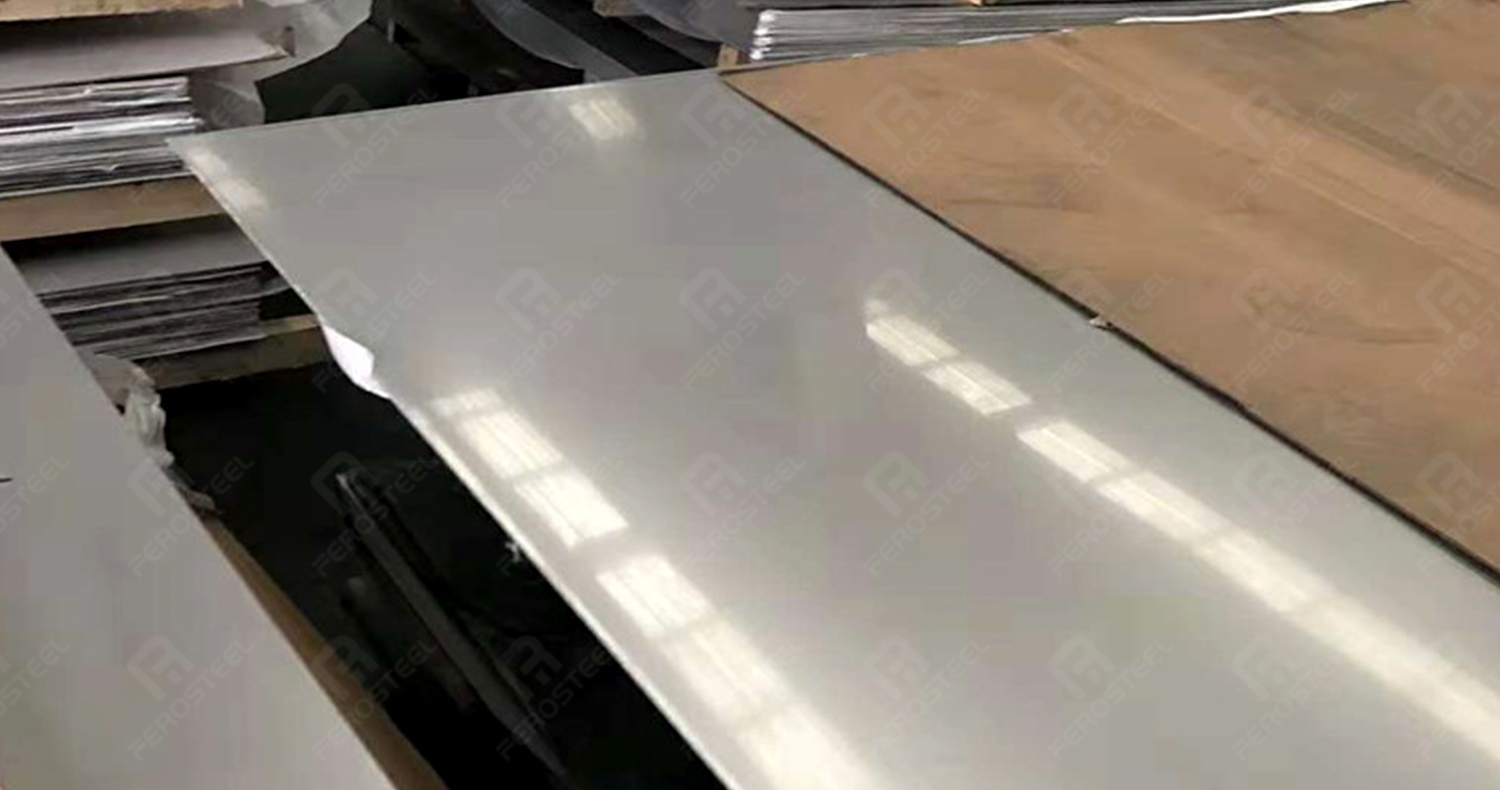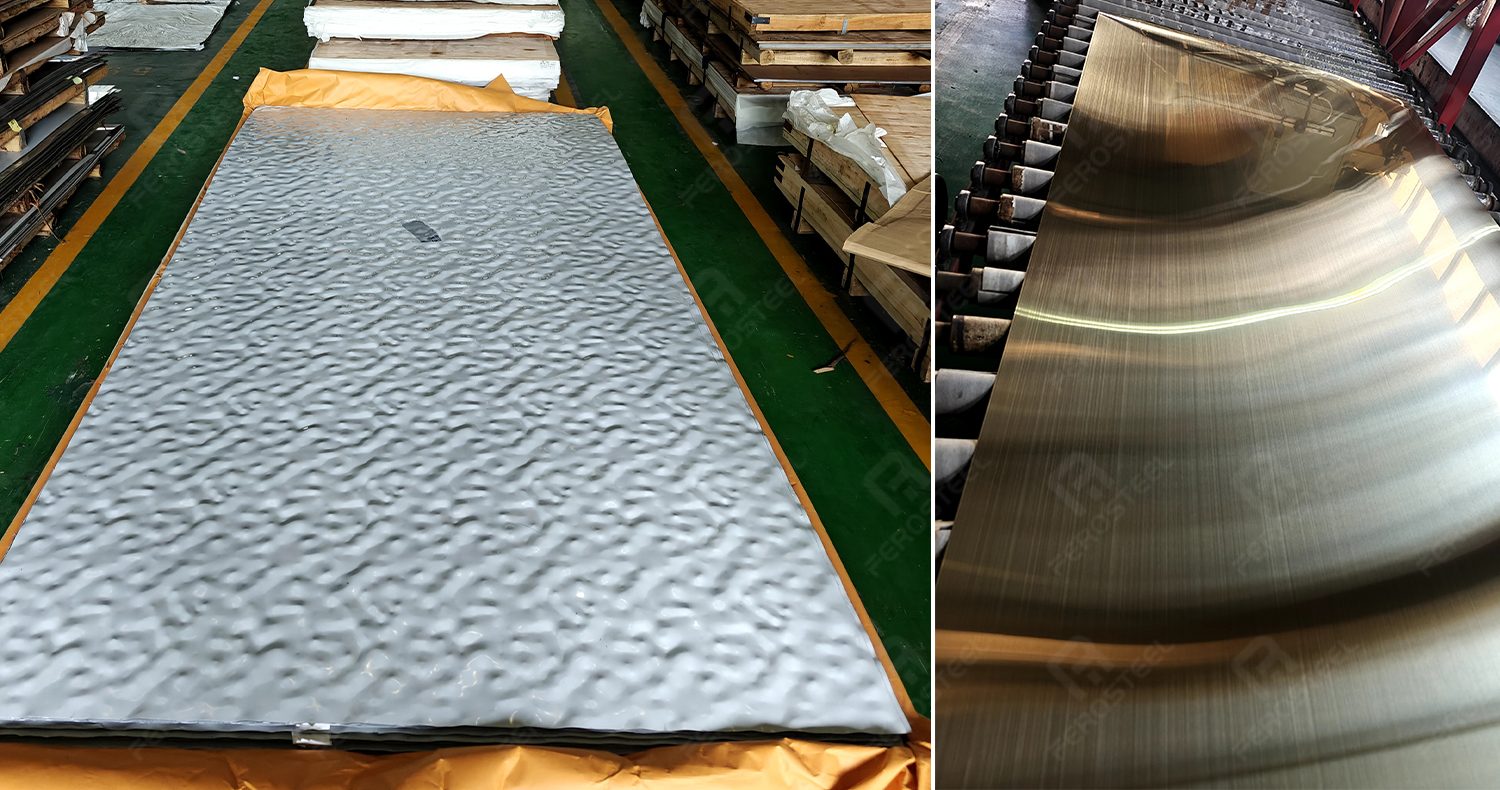Food - grade 304 and 316 are both high - quality stainless steel materials for food contact, each with its own characteristics. It's not accurate to simply say that food - grade 304 is better than food - grade 316.

Food - grade 304 stainless steel is a general - purpose stainless steel. It contains about 18% chromium and 8% nickel, and has good corrosion - resistance and oxidation - resistance. It can resist the corrosion of acidic and alkaline substances in food. Due to its excellent performance and relatively low cost, it is widely used in tableware, kitchen equipment and other fields. In most daily use scenarios, such as holding ordinary drinks like water, tea and coffee, the corrosion - resistance of food - grade 304 is sufficient, and it offers high cost - effectiveness.

On the other hand, 316 stainless steel has about 2% - 3% molybdenum added on the basis of 304. This significantly enhances its corrosion - resistance, especially in high - salt, high - acid or chlorine - containing environments. For example, when in contact with foods with high - concentration chlorides like salt water and soy sauce, 316 stainless steel can better prevent the precipitation of harmful substances and ensure food safety. Additionally, 316 stainless steel also has better oxidation - resistance and strength at high temperatures. However, its price is relatively higher.

In conclusion, for general daily use, food - grade 304 can meet the requirements and has a cost advantage. But if you often come into contact with high - salt or high - acid foods or are in a relatively harsh environment, 316 stainless steel is a better choice.
 Office address: 26 Floor, Shibo Financial Center, Fenjiang South Road No.38, Chancheng, Foshan, GuangDong, China
Office address: 26 Floor, Shibo Financial Center, Fenjiang South Road No.38, Chancheng, Foshan, GuangDong, China  Phone
: +86 -18024913898
Phone
: +86 -18024913898 Email
: [email protected]
Email
: [email protected] IPv6 network supported
IPv6 network supported
 leave a message
leave a message